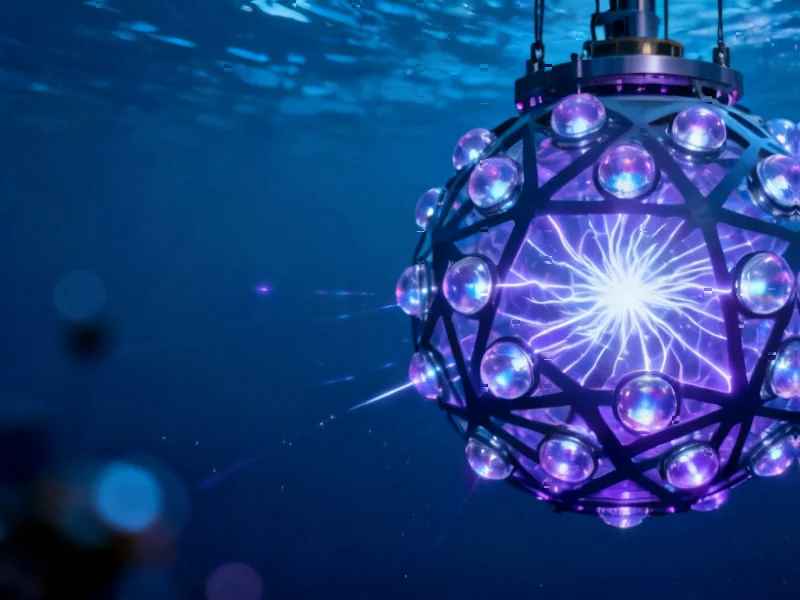Europe’s Deep-Sea Neutrino Telescope Detects Record-Breaking Cosmic Particle
Europe’s KM3NeT deep-sea neutrino telescope has detected the most energetic neutrino ever observed, registering 30 times higher than previous records. The discovery could provide crucial insights into cosmic phenomena like black holes and exploding stars while helping explain fundamental mysteries of the universe.
Unprecedented Detection in Mediterranean Depths
Deep beneath the Mediterranean Sea, Europe’s ambitious KM3NeT telescope has captured what scientists are calling the most energetic neutrino ever detected. According to project reports, the subatomic particle registered an astonishing 220 petaelectronvolts—roughly 30 times more powerful than any neutrino previously recorded.

